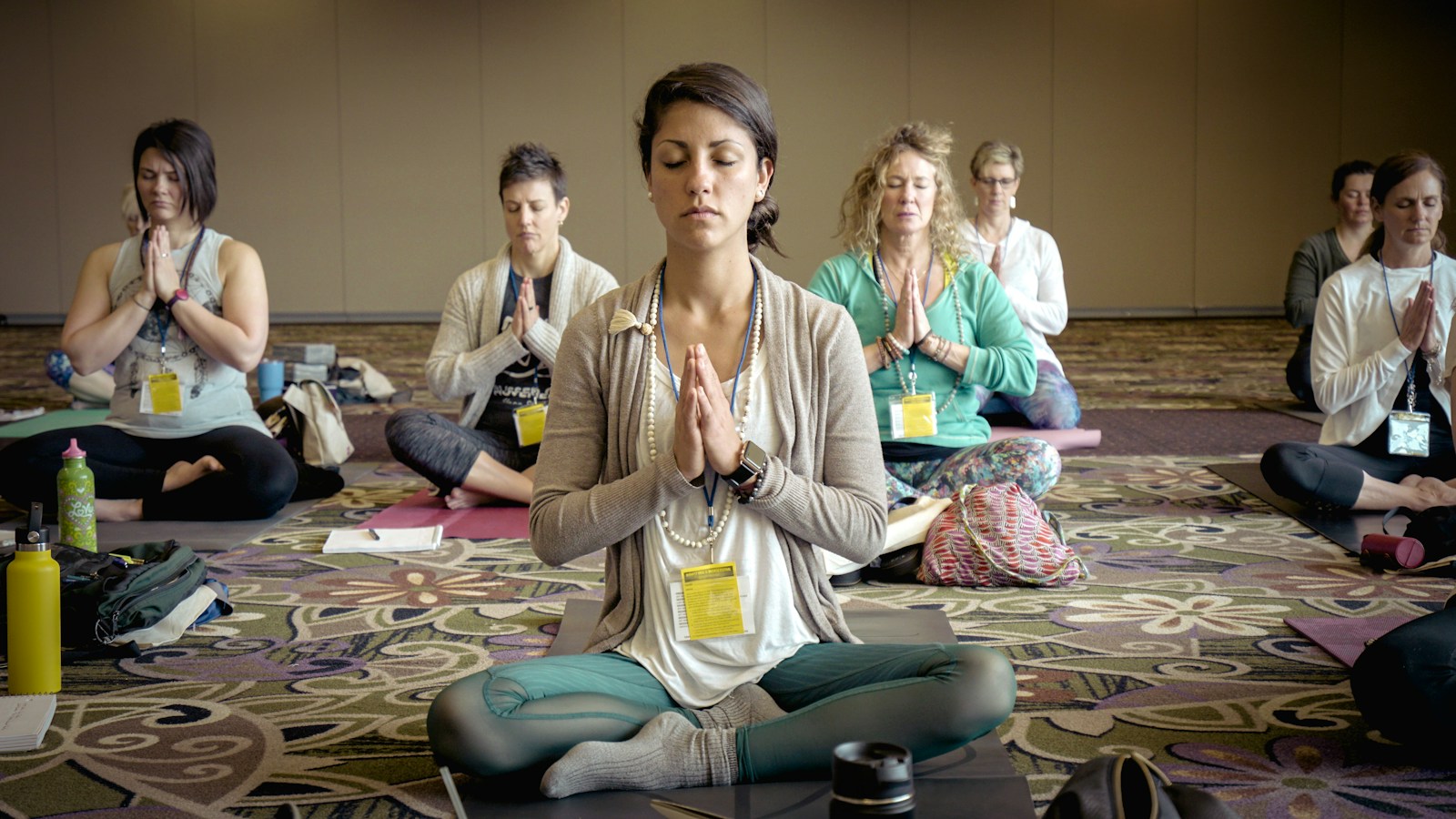

Introduction
Creativity is a mysterious and elusive quality that often seems to come and go as it pleases. As creators, whether we are writers, artists, musicians, or chefs, we can all relate to those moments of feeling uninspired and stuck in a creative rut. But fear not, for there is a powerful tool that can help reignite our creative spark: meditation. In this article, we will explore how meditation can boost our creativity and provide practical tips on how to incorporate meditation into our creative process.
The Mind-Blowing Impact of Meditation on Creativity
Meditation has a plethora of benefits, and one of its most mind-blowing impacts is its ability to enhance creativity. If you’re a creator in any field, such as yoga, dance, painting, or cuisine, meditation has many surprises in store for you. Let’s delve deeper into how meditation can unleash your creativity.
1. Meditation Helps Process Your Input
Creativity thrives on inspiration, and meditation plays a vital role in helping us process the input we receive from the world around us. By sitting in silence and stillness, we give our brains the opportunity to organize the colors, sounds, and words we have absorbed. This sense of clarity allows us to make connections between ideas, ultimately fueling our creative output.
2. Gaining a Fresh Perspective
One of the most valuable tools in a creator’s toolkit is the ability to see things from a different perspective. Often, when we feel stuck and uninspired, it’s because we have lost sight of the bigger picture. Through meditation, we can observe our thoughts and emotions without judgment, allowing us to filter out the trivial from the important. This process creates space in our minds, enabling us to gain a fresh perspective and see things more clearly.
3. Cultivating Patience
Creativity requires patience. Whether we are painting, writing, or playing music, the results rarely come instantly. Meditation provides an opportunity to cultivate patience by practicing stillness and observing our thoughts without attachment. This quality of patience becomes an invaluable asset in our creative journey, allowing us to persevere through challenges and setbacks.
4. Igniting the Flow of Ideas
Meditation helps us connect the dots and organize our thoughts, leading to a flow of ideas. By creating mental clarity, meditation frees up space in our minds, enabling us to make new associations and generate fresh insights. As we absorb inspiration from various sources, such as music, literature, or conversations, we can allow our minds to process this input during meditation. The ideas that emerge during meditation can then serve as a catalyst for our creative endeavors.
Incorporating Meditation into Your Creative Process
Now that we understand the incredible benefits of meditation for creativity, let’s explore some practical steps to incorporate meditation into our creative process.
Step 1: Set Aside Dedicated Meditation Time
To fully harness the power of meditation for creativity, it’s essential to set aside dedicated time for your practice. Find a quiet and comfortable space where you can sit or lie down without distractions. Start with just a few minutes each day and gradually increase the duration as you become more comfortable with the practice.
Step 2: Focus on Your Breath
During your meditation sessions, focus on your breath as an anchor for your attention. Bring your awareness to the sensation of the breath entering and leaving your body. Whenever your mind starts to wander, gently guide your attention back to your breath. This practice cultivates mindfulness and trains your mind to stay present.
Step 3: Embrace Open Awareness
While focusing on the breath is a powerful meditation technique, it’s also beneficial to embrace open awareness at times. Instead of fixating on a specific object of attention, allow your awareness to expand and encompass all sensations, thoughts, and emotions that arise. This open awareness practice can help you tap into your intuition and access deeper levels of creativity.
Step 4: Engage in Mindful Activities
Meditation doesn’t have to be confined to your formal practice sessions. You can infuse mindfulness into your everyday activities, such as walking, eating, or even creating art. Engaging in these activities with full presence and awareness can enhance your overall creative experience and bring a sense of joy and inspiration to your work.
Step 5: Journaling and Reflection
After your meditation sessions or creative sessions, take a few moments to journal and reflect on your experiences. Write down any insights, ideas, or inspirations that emerged during your practice. This process of reflection helps solidify your creative thoughts and allows you to revisit them later.

